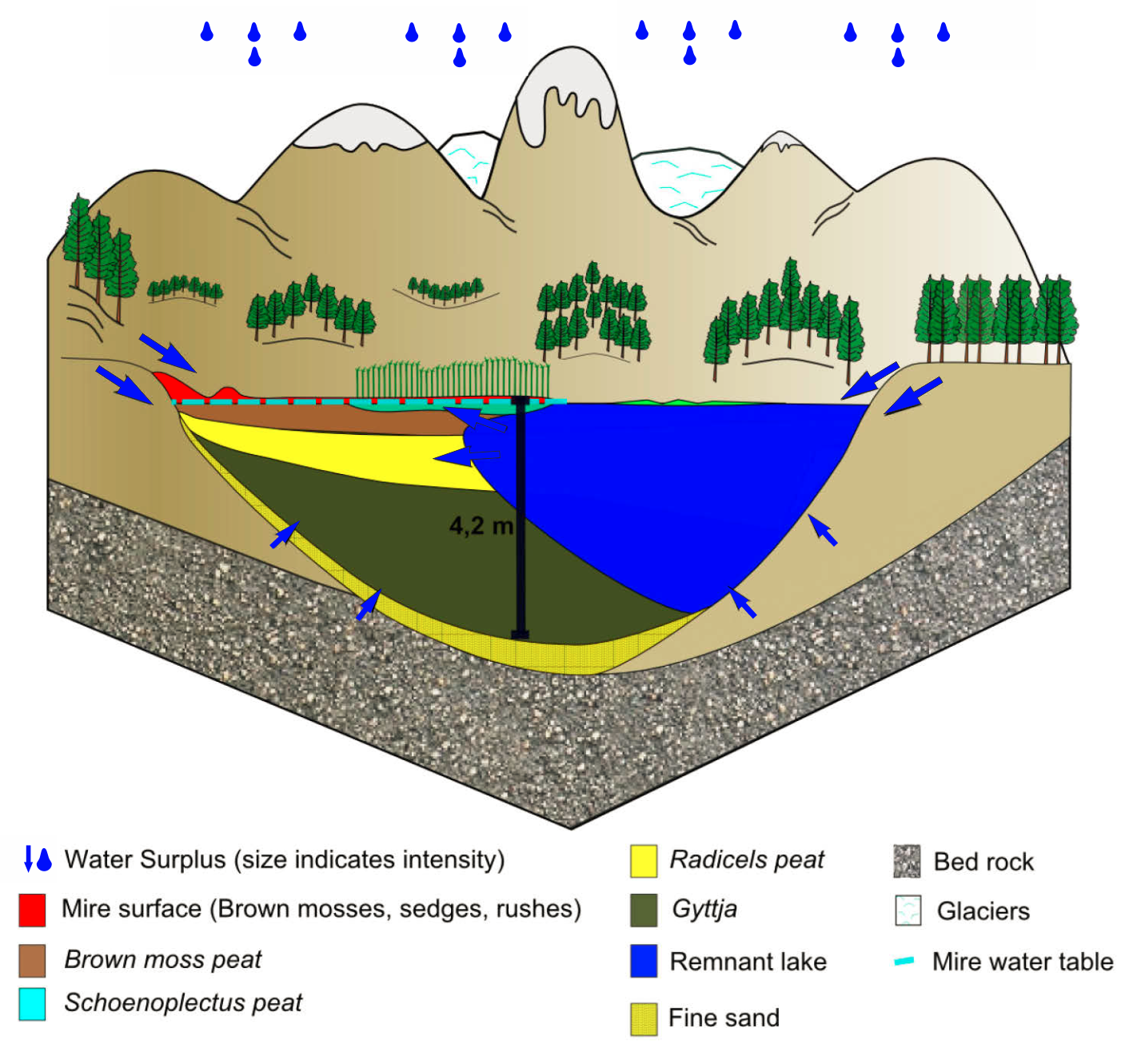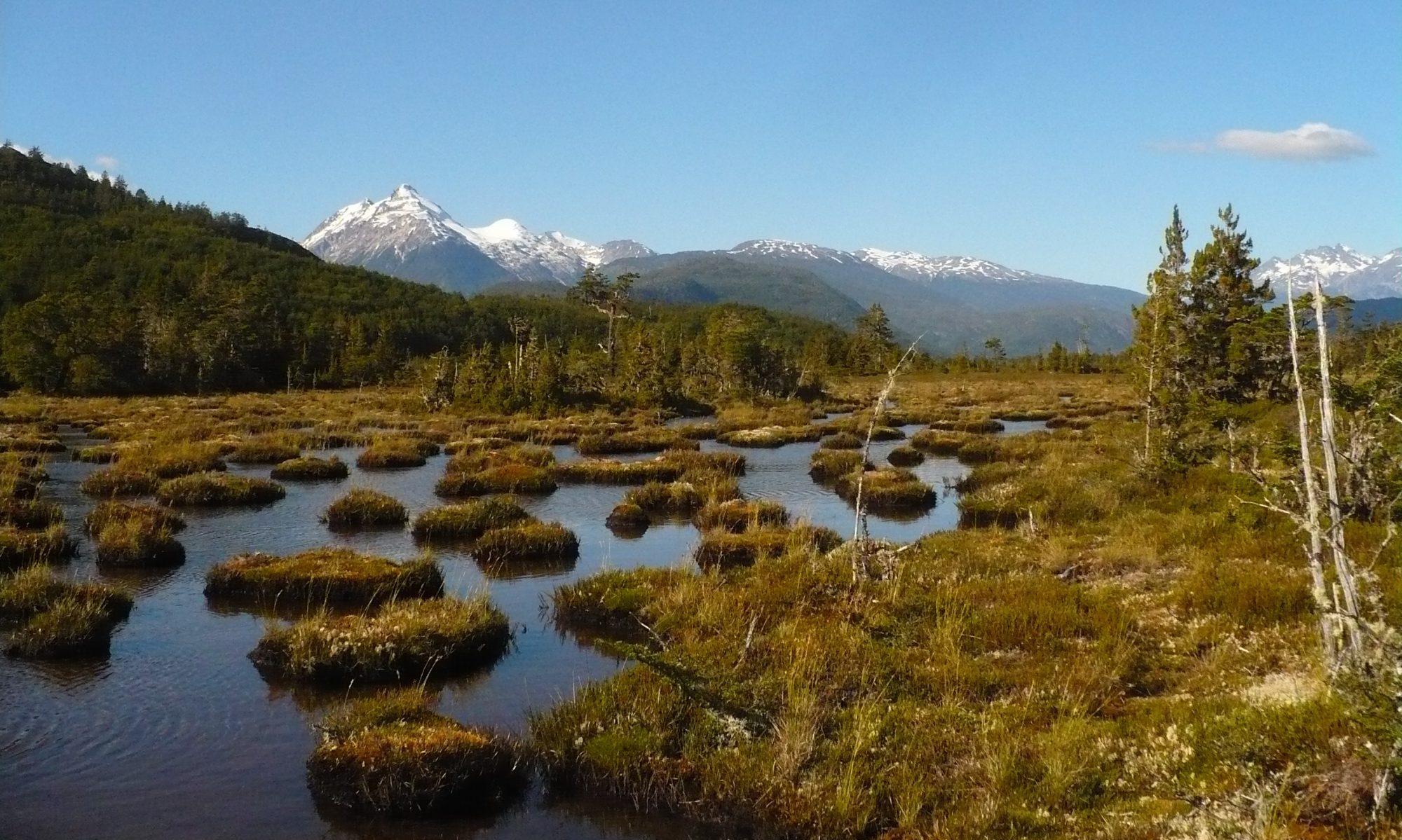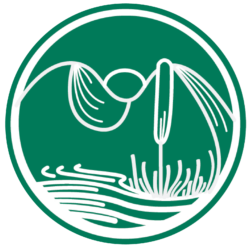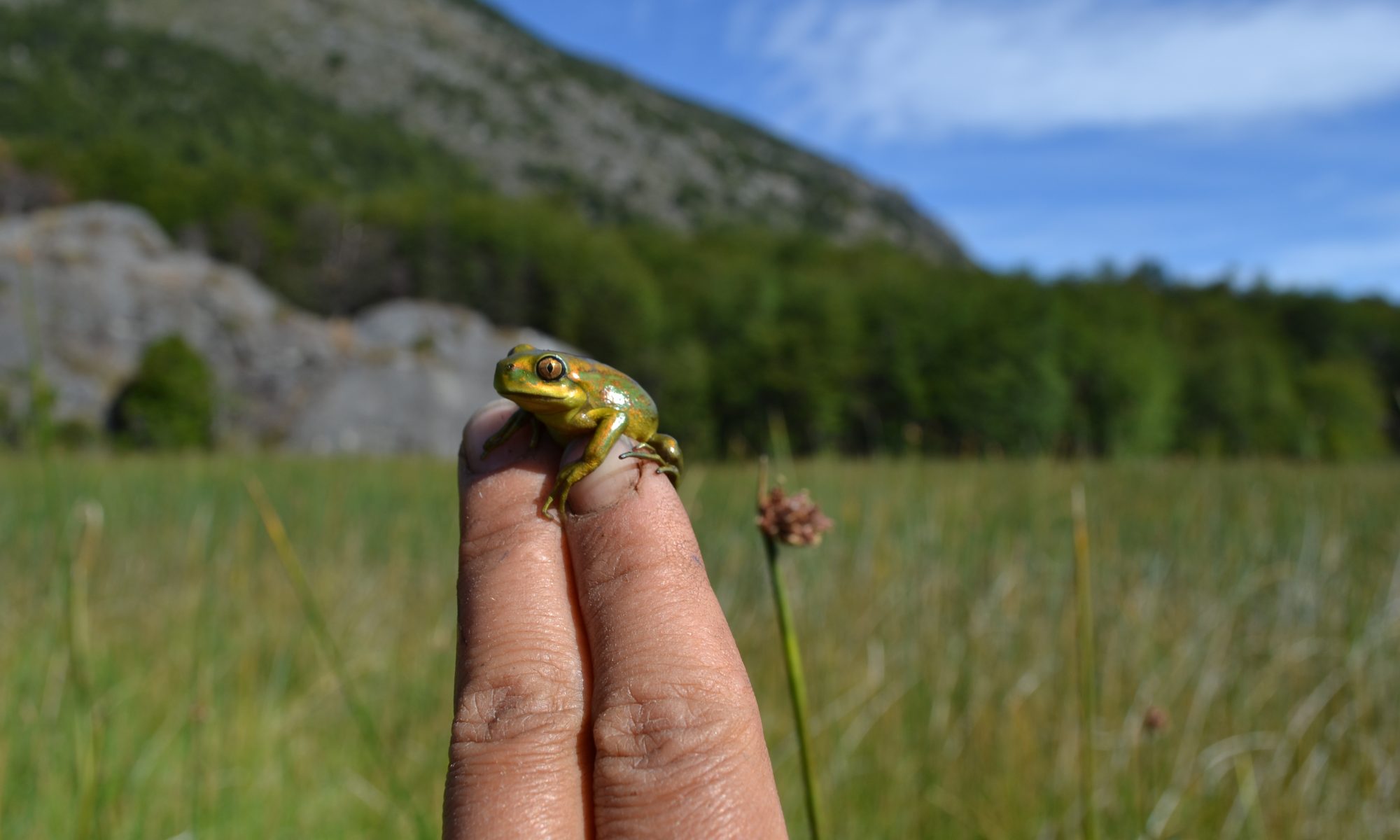Terrestrialization fens were already recorded in Germany by Succow and Lange in 1984 under the name of “Ancient lake mires”, and since then they have been widely mentioned in the literature for different regions of the world (Succow und Joosten, 2001; Ringler, 2005). Terrestrialization fens have a flat morphology, obeying the shrinkage and sagging processes. Terrestrialization fens form in places where standing water bodies were volumetrically occupied by plant remains and organic materials, which formed sediment at the bottom (primarily as organic gyttja, and later as peat), giving way to a semi-aquatic to terrestrial ecosystem, i.e. a mire. Compared with terrestrialization bogs that are widely determined by rainfall water, terrestrialization fens are principally influenced by nutrient enriched water inputs in the form of runoffs, percolation and groundwater. A central remnant lagoon and floating mats of vegetation are distinctive elements in terrestrialization fens. These hydrogeomorphic types mostly have a flat morphology, almost level with the soil water and the standing water of their remnant lagoon. However, ombrogenic peat can also be formed above geogenic horizons that are thick enough to separate from the nutrient rich mire water level.
Current vegetation
In the chilean Patagonia, Pilgerodendron uviferum and Nothofagus dombeyi are the main species on the borders of terrestrialization fens. In the middle, nutrient enriched areas are signalized by the mosses Sp. fimbriatum and Acrocladium auriculatum and other brown mosses. Where the peat layer becomes thick enough to separate from the mire water table, some Sp. magellanicum hummocks manage to develop, marking a small oligotrophic area. Schoenoplectus californicus is the main peat forming plant in these ecosystems, while Myriophyllum quitense occupies the remnant lake water surface.
Hydrology
As in terrestrialized bogs, a small remnant lagoon is the distinctive hydrological component of terrestrialized fens. Lateral runoffs enriched by organic and mineral substances present on the surrounding soils are the main water surpluses of these ecosystems, followed by the ground water, i.e. terrestrialized fens are for the most part more influenced by mineralized water than by rainfall. Their water table is almost at the surface. Since floating mats act as a buffer between the remnant lagoon and in the soil fixed mire area, floods do not normally affect these ecosystems and water fluctuations behave vertically. These ecosystems present a high homogeneity in their horizon formation. A simplified and stereotypical schema of a terrestrialization fen is shown as follows:

Substrate Types and Stratigraphy
These ecosystems present a stratigraphy characterized by geogenic peat horizons of brown moss peat, radicels peat and/or Schoenoplectus peat, above amorphous peat, above a horizon of organic gyttja, all over silty loam or fine sand. As ecosystems formed from still water bodies, terrestrialization fens present homogeneous horizons and little substrate variation. Their degree of peat decomposition varies from H3 to H8 in the non-amorphous material, with this last always presenting >H9. Peat accumulation occurs in large horizons along the mire. The most characteristic substrate of terrestrialization fens is the organic gyttja. On the other hand, peat types most commonly are amorphous peat, radicels peat, brown moss peat and Schoenoplectus peat (4%). Horizons of Sp. magellanicum peat can be also detected, specifically above thick geogenic horizons that are elevated from the mire water table and which main water input is currently rain. Since these mires are surrounded by native forest, cypress wood remains forming patches of peat are also to be found. Considering data collected in Aysén, the substrates composing the horizons of terrestrialization fens can be characterized by a pH-value of 5.6±0.9, varying from 3.5 (Sp. magellanicum peat) to 7.3 (organic gyttja). Terrestrialization fens were widely detected through aerial imagery and confirmed through personal explorations in the sector of Villa O’Higgins, but its formation is to be expected in the whole eastern sector of Patagonia, in different landscape morphologies with superficial inflows, with mineral enriched inputs the primary water source of these mires. For further information, review the document Substrate types in mires of Aysén: a tool for their recognition.
References:
Ringler, A. (Ed.) (2005): Moortypen in Bayern. Moorentwicklungskonzept Bayern (MEK). Augsburg: Bayerisches Landesamt für Umweltschutz (Schriftenreihe / Bayerisches Landesamt für Umweltschutz, H. 180), 133 pp.
Succow, M. und Joosten, H. (Ed.) (2001): Landschaftsökologische Moorkunde. 2nd ed. Stuttgart: Schweizerbart, 622 pp.


